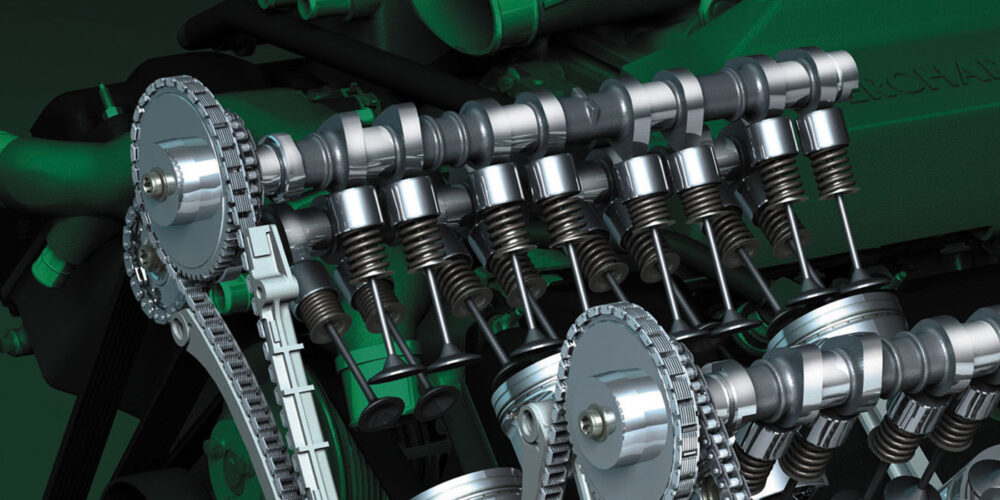10. Strainer Blocks Fuel-Level Sender
A fuel pump inlet strainer may be installed that is interfering with the travel of the fuel-level sensor’s float arm, which causes an optimistic fuel level reading. Dented fuel tanks may also cause a false reading by pushing the fuel-level sensor and fuel pump inlet filter above the remaining fuel level in the tank. Whatever the case, the engine may be running out of gas simply because the instrument panel fuel gauge is providing a false reading.
9. New Fuel Module, Wrong Level
On some late-model vehicles, the fuel level must be accurately measured by the PCM in order to detect evaporative leaks. Consequently, newer fuel gauge configurations often incorporate a small module that can require as much as 20 minutes to compute the actual fuel level in the fuel tank if the module has a problem or loses power. Without this particular bit of knowledge, many amateur mechanics may assume that a tank is half-full of fuel when, in fact, it is not.
8. Not Checking Crankshaft Position or Ignition Reference Signals First
When an engine is cranked, the PCM “looks” for the presence of cranking speed and ignition triggering. Depending upon design, the PCM turns off the fuel pump if one or both of these inputs are missing. This specific sequence of events is necessary to prevent fuel from flooding an engine with an inoperative ignition system or prevent the fuel pump from emptying the fuel tank during a serious accident.
7. Slow Oil Pressure Switch Causes Long Crank Time
Long cranking times on some vehicles may be caused by a worn or slow engine oil pressure switch/sensor. The ECM may monitor oil pressure before turning on the fuel pump to make sure the engine is not damaged by low oil pressure.
6. Ford: Inertia Switch was Activated
If a fuel pump won’t activate on a Ford vehicle, always consult the owner’s manual to locate and reset an inertia shut-off switch that may have been jarred by driving on rough roads. Also, the fuel pump circuit on 1995 and earlier Ford EEC-IV systems can be tested by grounding a fuel pump test terminal located on the diagnostic connector. The terminal location and grounding procedure is covered in most shop manuals.
5. OBDII Vehicles: Check The Fuel Pump with Your Scan Tool
Activating the fuel pump relay with a professional computer scan tool is usually the quickest way to test many fuel pump applications. Most post-1996 OBDII vehicles have adopted a similar method that uses bi-directional controls found on most professional scan tools to test fuel pump operation.
4. New Pumps Have No Set Pressure
Most returnless fuel pump systems vary pressure by changing a pulse-width modulated signal to the fuel pump. If you splice in an analog pressure gauge, you will see pressures rapidly changing as demands on the engine change. This is normal for most late-model vehicles.
3. No-Communication Problems Unsolved
If the vehicle has any “loss of communication” codes, like U1000, resolve those problems first before diagnosing or replacing a fuel pump. While these codes may seem like they have nothing to do with the fuel pump, often a dead module or short in the serial bus can result in a no-start condition.
2. Not Talking to the Customer
The customer can be a wealth of information when it comes to fuel pump diagnostics. Not mining them for information can lead to a comeback. You may have a repeat customer that is experiencing lean codes and fuel system component damage, indicating a failed fuel pump or leaking injectors. Ask them if they fill up at a pump with a yellow cover.
1. No Gas
A driver with a fuel pump problem always seems to either fill the tank to the brim or leave it bone dry. Always confirm that the vehicle has fuel before replacing the fuel pump.














